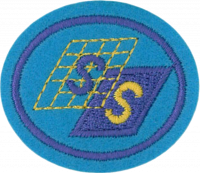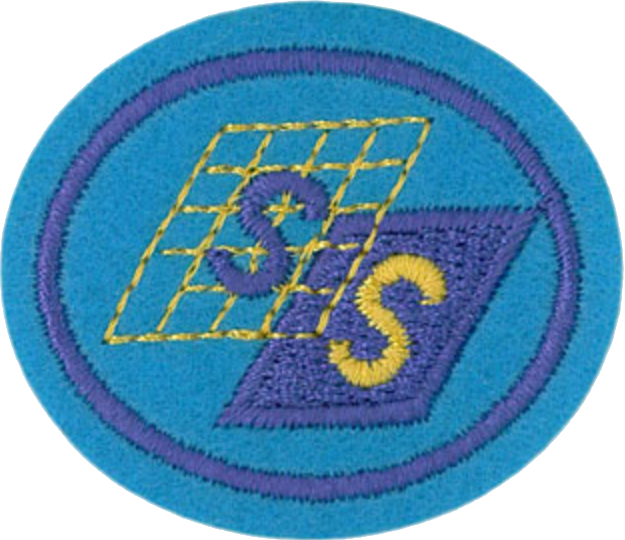Especialidades JA/Serigrafía/Respuestas
1
2
3
4
Non-flat surfaces are printed using a transfer pad like an imprinter with a silicone printing pad.
- Here's a Wikipedia article: http://en.wikipedia.org/wiki/Pad_printing
- Here's a description of the pad printing process: http://www.screenweb.com/index.php/channel/8/id/1609
- Here's a picture of such a device: http://www.imprintor.com/starterset.html
- Here's an animated process: http://www.pdsconsulting.co.uk/Printing%20Process/Pad/Pad.htm
5
- a. Al menos diez tarjetas de felicitación
- b. Al menos tres carteles
- c. Imprimir un dibujo sobre tela
- d. Algún proyecto similar de su elección
There are two tricky aspects to making a good silk screen print. The first is coming up with a good silk screen, and the second is transferring the design to the card, poster, or fabric. There are a number of ways to create the silk screen, each with a varying level of difficulty, and with varying degrees of quality. Naturally, the more complicated techniques produce the most professional results (at least in the hands of the professionals).
The method that is most likely to result in a successful print with the least amount of fuss, is to directly paint the blocking material on the silk screen. Before doing this, it is best to place tape around the edges of the screen on both the top and the bottom, making sure the inside edges of the tape line up. This will prevent paint from leaking out around the edges of the frame.
Second, place a sketch of the desired design (whether drawn by hand, printed from a computer, or taken from the page of a magazine), and trace it onto the silkscreen with a pencil, being sure that the entire design fits within the limits of the tape. Once the design can be plainly seen, use the blocking paint to begin filling in the negative - that is, you paint over the parts of the design that should not print. Allow the paint to dry.
Hold the screen up to a light to make sure that there are no holes in the negative portion of the screen where paint can leak through. If there are holes, seal them with more blocker. When you are happy with the result, make a test print on a sheet of paper or cardboard. It's a little scary to make your first print on an $18 sweatshirt, so it's a good idea to get comfortable making the prints on a disposable surface. Once you get the hang of it, try it on a shirt (or whatever you like).
After making several prints, you may notice that the screen begins to clog. At this point, you will need to take the screen to a sink and rinse out the paint. You may use a soft brush to scrub the screen lightly, but be careful not to remove any of the blocker. Shake it dry, check for unintended holes, and you should be ready to print some more.
Notes
- You should be able to find screen printing supplies or kits at your local hobby store.


